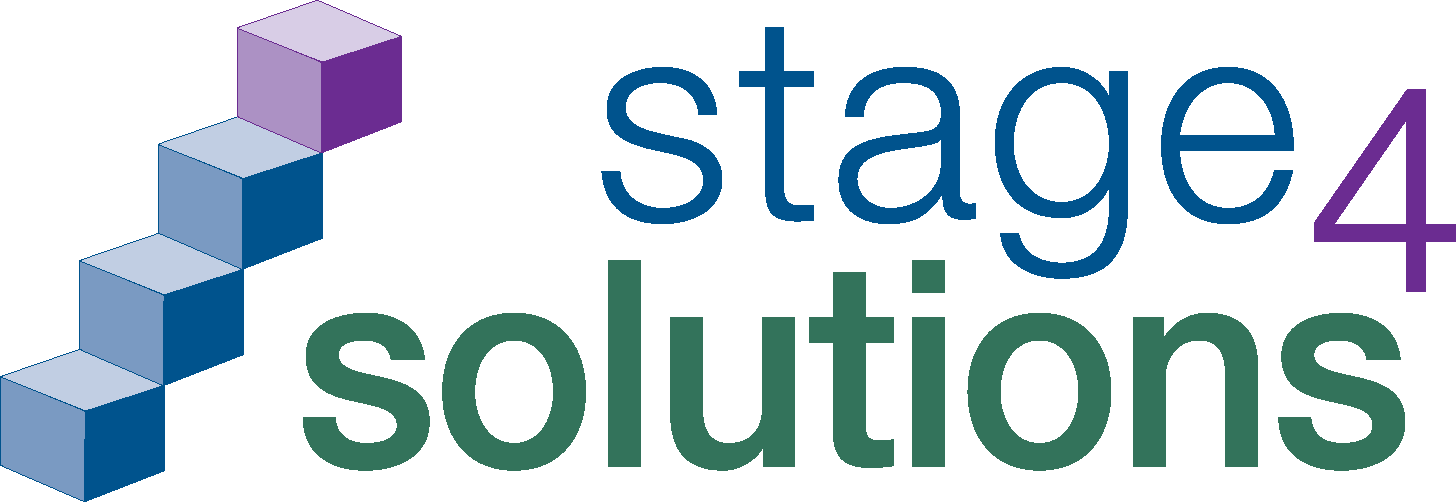From Employee Disengagement to Empowerment: Strategies for Success
- April 22, 2024
- Posted by: Selen Warner
- Category: Blog

Employee engagement, the measure of an employee’s emotional commitment to their organization and its goals, has long been recognized as a cornerstone of workplace success. However, recent data from Gallup paints a concerning picture: employee engagement is on a sharp decline. As organizations grapple with the challenges posed by the evolving workplace landscape, it’s crucial to address this decline and implement strategies to cultivate employee engagement.
Gallup’s research reveals that in 2023, only 33% of employees in the United States reported feeling engaged in their work and workplace. This statistic is troubling, especially considering the significant negative impact of disengaged employees on productivity and organizational outcomes. Notably, actively disengaged employees, who represent 16% of the workforce, contribute to approximately $1.9 trillion in lost productivity nationally.
Several factors contribute to this decline in employee engagement. A key prominent issue is the lack of clarity in expectations. Gallup’s analysis indicates that knowing what is expected at work is a fundamental element of employee engagement, yet this aspect has seen a decline since 2020. Amidst restructuring, increased job responsibilities, and shifting customer expectations, many employees struggle to clearly understand their roles and responsibilities, leading to disengagement.
Although remote or hybrid work isn’t solely responsible for disengagement, the rise of flexible work arrangements presents unique challenges for maintaining engagement. Gallup’s research reveals that 70% of managers acknowledge having received no formal training in leading hybrid teams and face challenges fostering connection and collaboration among dispersed employees. Interestingly, 80% of employees who indicate they receive regular meaningful feedback are fully engaged, regardless of their in-office attendance. This key finding highlights the crucial importance of effective communication to overcome work location-related barriers.
Considering these challenges, organizations need to prioritize strategies to boost employee engagement and cultivate a resilient workforce. Here are some actionable tips and strategies:
Empower Managers: Equip managers with the necessary skills and resources to lead effectively in the hybrid or remote environment. Provide training on remote management, communication techniques, and emotional intelligence to help managers support and motivate their teams.
Clarify Expectations: Invest in clear communication channels to ensure that employees understand their roles, responsibilities, and performance expectations. Provide regular feedback and performance reviews to keep employees aligned with organizational goals.
Foster Connection and Collaboration: Facilitate opportunities for team building and relationship building, especially in hybrid or remote work settings. Encourage open communication and create platforms for employees to share ideas, collaborate on projects, and connect on a personal level.
Recognize and Reward: Acknowledge and celebrate employee contributions and achievements. Implement recognition programs that highlight individual and team accomplishments, reinforcing a culture of appreciation and motivation.
Prioritize Work-Life Balance: Support employees in maintaining a healthy balance between work and personal life. Offer flexible work arrangements if applicable for the business, wellness programs, and resources for managing stress and burnout.
Cultivate a Sense of Purpose: Communicate your organization’s mission, values, and goals clearly and consistently. Help employees understand how their work contributes to the larger purpose of the organization, fostering a sense of meaning and fulfillment.
By prioritizing employee engagement and implementing these strategies, organizations can navigate the challenges of the evolving workplace landscape and build a resilient workforce poised for success. What is your organization’s strategy to increase employee engagement? Please share with us.

